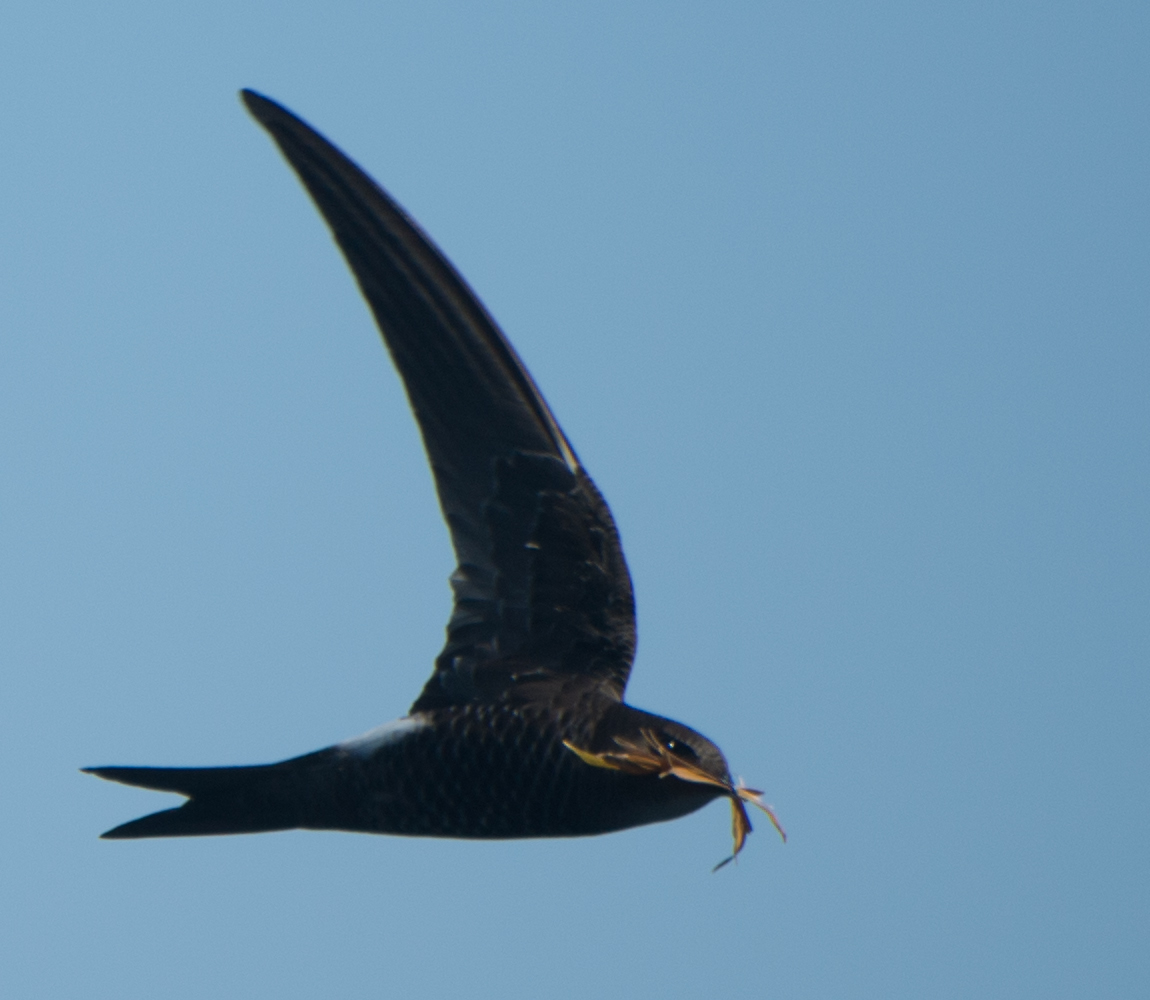|
Fork-tailed Swift
Fork-tailed swift is the historic name of a kind of bird which has since been divided taxonomically into four species. It could refer to any of four different species of swifts: *Pacific swift, ''Apus pacificus'' *Salim Ali's swift, ''Apus salimali'' *Blyth's swift, ''Apus leuconyx'' *Cook's swift Cook's swift (''Apus cooki'') is a small bird, superficially similar to a house martin. It is, however, completely unrelated to those passerine species, since swifts are in the order Apodiformes. The resemblances between the groups are due to c ..., ''Apus cooki'' {{Animal common name Birds by common name ... [...More Info...] [...Related Items...] OR: [Wikipedia] [Google] [Baidu] |
Pacific Swift
The Pacific swift or fork-tailed swift (''Apus pacificus'') is a species of bird that is part of the Swift family. It breeds in eastern Asia. It is strongly migratory, spending the northern hemisphere's winter in Southeast Asia and Australia. The general shape and blackish plumage recall its relative, the common swift, from which it is distinguished by a white rump band and heavily marked underparts. The sexes are identical in appearance, although young birds can be identified by pale fringes to the wing feathers that are absent in adults. This swift's main call is a screech typical of its family. It is one of a group of closely related Asian swifts formerly regarded as one species. The Pacific swift is found in a wide range of climatic zones and habitats. It breeds in sheltered locations such as caves, natural rock crevices or under the roofs of houses. The nest is a half-cup of dry grass and other fine material that is gathered in flight, cemented with saliva and attached ... [...More Info...] [...Related Items...] OR: [Wikipedia] [Google] [Baidu] |
Salim Ali's Swift
Salim Ali's swift (''Apus salimalii'') is a small bird, superficially similar to a house martin. It is, however, completely unrelated to those passerine species, since swifts are in the order Apodiformes. The resemblances between the groups are due to convergent evolution reflecting similar life styles. These birds have very short legs which they use only for clinging to vertical surfaces. The scientific name comes from the Greek απους, ''apous'', meaning "without feet". They never settle voluntarily on the ground. Salim Ali's swifts spend most of their lives in the air, living on the insects they catch in their beaks. Salim Ali's swifts breed from the eastern Tibetan Plateau eastwards through western Sichuan province. This species is migratory; however, its wintering range is unknown. This swift is longer tailed and has a narrower white rump compared to other species in the complex. A 2011 study has many taxonomists splitting this species from the fork-tailed swift com ... [...More Info...] [...Related Items...] OR: [Wikipedia] [Google] [Baidu] |
Blyth's Swift
Blyth's swift (''Apus leuconyx''), is a small bird, superficially similar to a house martin. It is, however, completely unrelated to those passerine species, since swifts are in the order Apodiformes. The resemblances between the groups are due to convergent evolution reflecting similar life styles. These birds have very short legs which they use only for clinging to vertical surfaces. The scientific name comes from the Greek απους, ''apous'', meaning "without feet". They never settle voluntarily on the ground. Blyth's swifts spend most of their lives in the air, living on the insects they catch in their beaks. Blyth's swifts breeds from the outer Himalayas through the Assam hills. This species is migratory, and winters in India and Sri Lanka. A 2011 study has many taxonomists splitting this species from the fork-tailed swift complex. These swifts build their nests on cliffs, laying 2–3 eggs. A swift will return to the same site year after year, rebuilding its nest whe ... [...More Info...] [...Related Items...] OR: [Wikipedia] [Google] [Baidu] |
Cook's Swift
Cook's swift (''Apus cooki'') is a small bird, superficially similar to a house martin. It is, however, completely unrelated to those passerine species, since swifts are in the order Apodiformes. The resemblances between the groups are due to convergent evolution reflecting similar life styles. These birds have very short legs which they use only for clinging to vertical surfaces. The scientific name comes from the Greek απους, ''apous'', meaning "without feet". They never settle voluntarily on the ground. Blyth's swifts spend most of their lives in the air, living on the insects they catch in their beaks. Cook's swifts breed in limestone caves of Thailand, Myanmar and Indochina. The species has a green iridescence, a shallow tail fork and is a short distance migrant. A 2011 study has many taxonomists splitting this species from the fork-tailed swift complex. These swifts build their nests on cliffs, laying 2–3 eggs. A swift will return to the same site year after year, ... [...More Info...] [...Related Items...] OR: [Wikipedia] [Google] [Baidu] |
